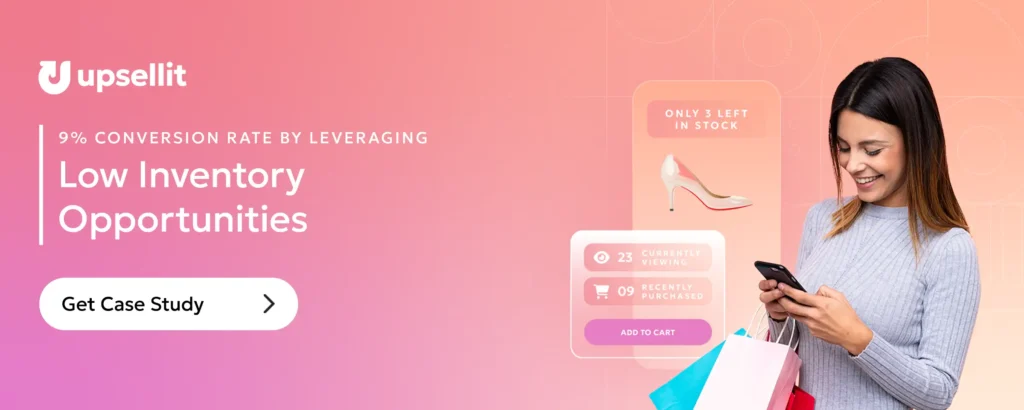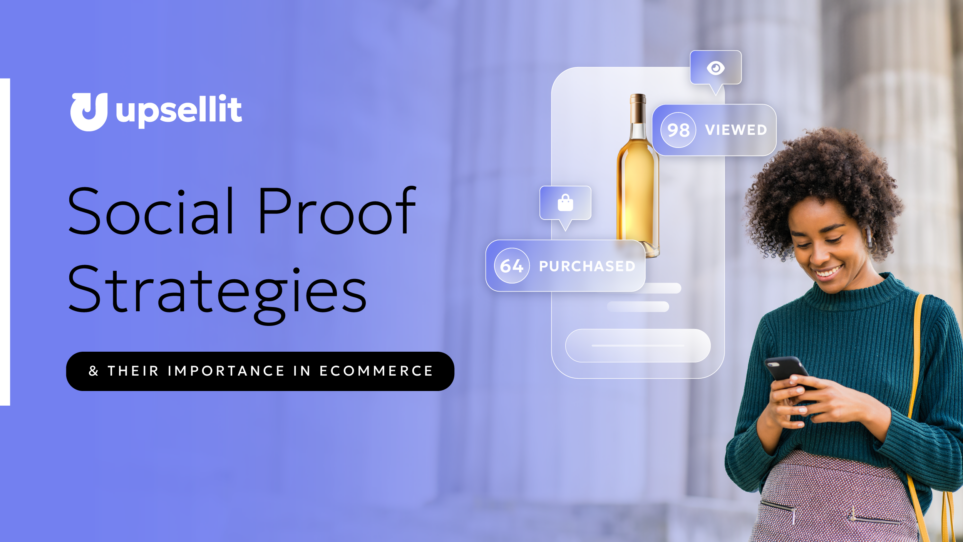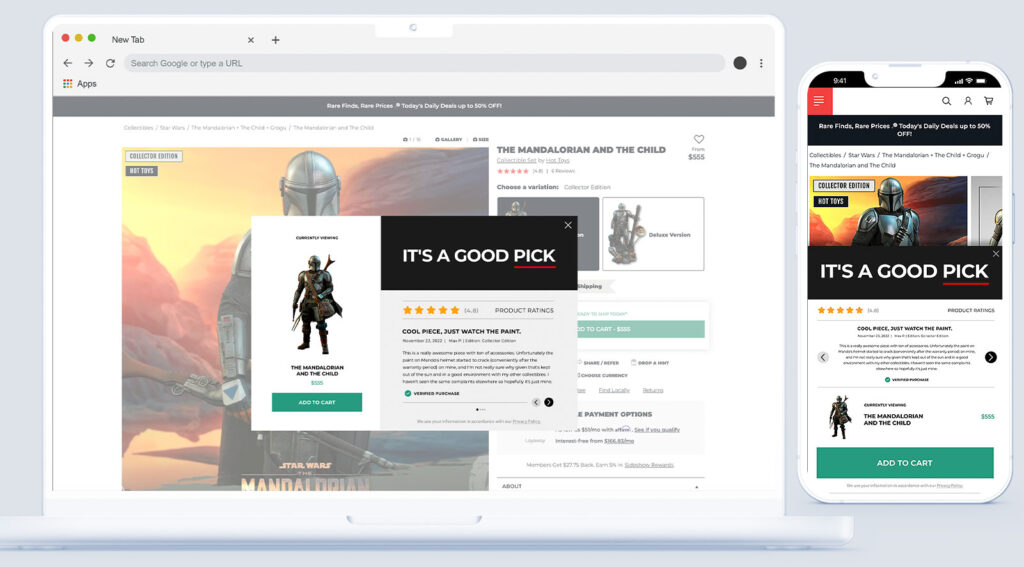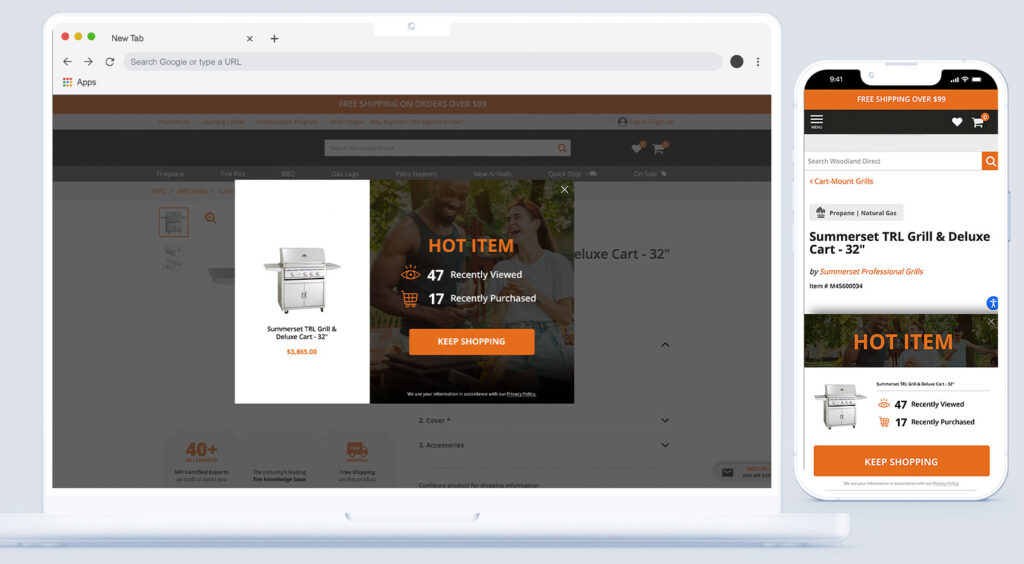Establishing credibility and trust with your audience is key to building a successful ecommerce brand. One important tool in achieving this is social proof – the psychological phenomenon where people mimic the actions of others in an attempt to reflect that trending behavior. By leveraging various social proof strategies, ecommerce retailers can boost their brand authority, instill confidence, and ultimately drive conversions.
Defining Social Proof
Social proof influences people to conform to the actions of others, driven by the belief that those actions are the correct ones. It’s the digital equivalent of word-of-mouth marketing, where the experiences and opinions of others serve as validation for your brand, product, or service. Whether it’s through customer reviews, testimonials, endorsements from influencers, or social media shares, social proof signals credibility and trustworthiness to potential customers.
The Value of Social Proof
Social proof works as a dynamic tool to increases conversions while enhancing trust in your brand. By highlighting positive trends and behaviors, you increase customer lifetime value and set your brand up for long term success. By showcasing real-life experiences and positive feedback, social proof uses the principles of persuasion to alleviate doubts and hesitations, leading to increased confidence and conversions.
Applications in Ecommerce
Let’s explore the ways that ecommerce retailers can effectively apply social proof in your marketing to enhance your online presence and maximize conversion rates.
1. Showcase Customer Reviews and Testimonials
93% of consumers read online reviews before deciding to make a purchase, and 94% have avoided a company due to negative reviews. These are massive statistics that highlight the importance of incorporating reviews into your website and marketing strategies. Customer reviews and testimonials serve as authentic endorsements of your products or services.
Encourage your satisfied customers to share their experiences through detailed reviews or video testimonials. Displaying these testimonials prominently on product pages can reassure hesitant buyers and provide valuable insights into the quality and usability of your offerings.
2. Feature Trust Seals and Certifications:
Display trust seals, security badges, and industry certifications prominently on your website to reassure visitors about the safety and legitimacy of their transactions. Trust signals such as SSL certificates and payment security icons instill confidence in potential buyers and alleviate concerns about online security.
3. Promote User-Generated Content (UGC):
79% of shoppers say that user generated content is highly impactful for their purchase decisions. User-generated content is a powerful social proof tool by showcasing photos, videos, or social media posts featuring your products in action. UGC not only adds authenticity to your brand but also fosters a sense of community among your audience. Incorporate UGC galleries on your website to highlight real-life usage scenarios and inspire confidence in potential buyers.
4. Highlight Recent Product Views and Purchases
By highlighting recent views and purchases alongside popular products, shoppers will feel validated seeing the number of people interested in their products, encouraging them to add more items to their cart. This form of social proof can also be presented when active cart shoppers attempt to abandon your website. The social proof can be shown in a cart preview, providing a gentle nudge to move forward with their purchase.
Upsellit’s patented technology uses behavioral parsing to track and display product views, cart additions, and purchases in real time to influence other shopper decisions. Leveraging these purchase trends establishes credibility and builds confidence in potential buyers to follow suit and make informed decisions.
5. Create Urgency with Low Stock Alerts
Low Stock Alerts infuse your online store with a sense of urgency when products are running out. By notifying shoppers of low stock levels, you compel them to make quick purchasing decisions, driving conversions and minimizing missed opportunities. This also improves customer satisfaction because you let them know to buy before they miss their chance. If shoppers miss their chance, back in stock alerts provide a helping hand by notifying shoppers their items are available again.
Upsellit’s Low Inventory Case Study leveraged low stock levels to encourage 18% of users to purchase in that same session, and recovered 6% of shoppers with back in stock notifications.
7. Build Social Proof with Social Media and Influencers
Approximately 9 in 10 Gen Zs and Millennials use social media to research products they’re interested in buying. Cultivating an active presence on social media platforms engages your audience and showcases your brand’s popularity. Encourage satisfied customers to share purchases on their own social media accounts to further amplify your brand’s visibility and social proof.
Collaborating with influencers or industry experts can also significantly amplify your brand’s reach and credibility. Identify influencers whose values align with your brand and engage them to promote your products to their dedicated followers. Authentic endorsements from trusted influencers can sway purchase decisions and introduce your brand to new audiences.
Increase Conversions with Social Proof
Social proof serves as a powerful tool for ecommerce success by building trust, credibility, and authority with your audience. By implementing diverse social proof strategies such as customer reviews, user-generated content, and trust seals, ecommerce retailers can enhance their brand reputation and drive conversions.
Upsellit’s Low Inventory Case Study combines the urgency of low stock alerts with the persuasive influence of social proof. By downloading this insightful resource, you’ll gain exclusive access to a comprehensive analysis showcasing how brands leverage low stock and out of stock products to prompt immediate action and enhance the customer experience.




